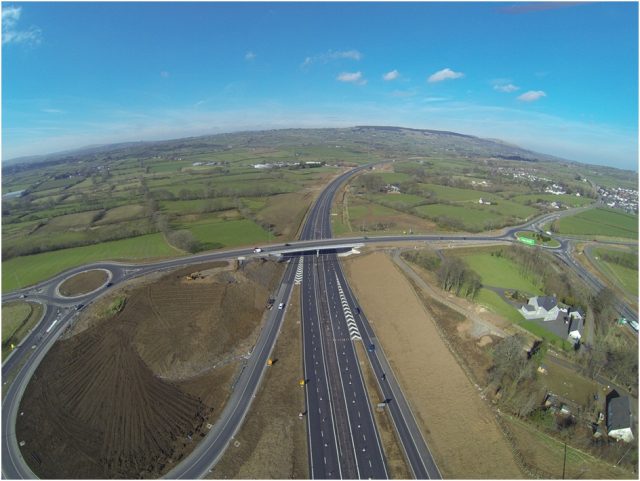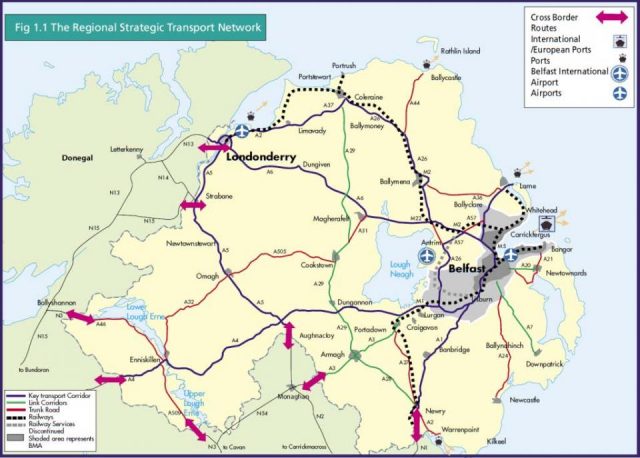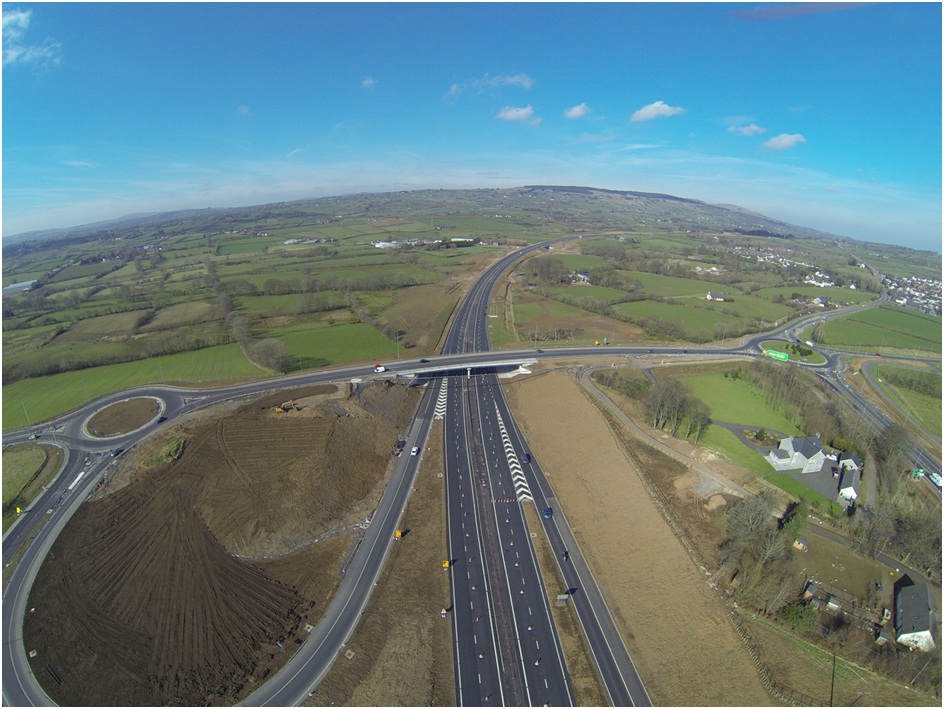Is Northern Ireland’s transport infrastructure sufficient to support growth and competitiveness?
As the Northern Ireland (NI) Executive seeks to grow the local economy during the forthcoming mandate, the quality and capacity of NI’s transport infrastructure will be a major factor. High quality infrastructure is a critical determinant of economic growth and competitiveness, with a 2015 Confederation of British Industry (CBI) survey indicating that 94% of businesses view the quality of infrastructure as a decisive factor when planning future investment.

There are a number of major road and public transport projects planned that will greatly enhance NI’s transport infrastructure in the future, and it will be the Department for Infrastructure (DfI) and its arm’s length bodies which will ultimately be responsible for delivering these. DfI will, however, face huge challenges as the capital investment required far exceeds the levels of funding that can be expected to be made available during this mandate.
Roads
There have been a number of notable improvements on NI’s Key Transport Corridors (KTCs) over the last decade including the M1/Westlink upgrade, the M2 upgrade, the A2 Shore Road and most recently the A8 Belfast to Larne dualling in 2015. However, addressing the escalating maintenance backlog – which now stands at close to £1 billion – on the existing road network has often been set aside at the expense of these schemes.
A large number of road schemes identified in the three major regional transport plans published in 2005 have failed to progress beyond the planning stage due to a lack of funding. The lifespan of these plans expired in 2015; however, as they are yet to be replaced with similarly detailed (time bound/costed) transport plans, the delivery of these schemes appears to be no less certain in the upcoming Programme for Government period.
The budget for 2016-17 indicates that the A5 and A6 schemes, scheduled for completion during the previous mandate, will be prioritised in this period. However, there are other important strategic schemes, such as the York Street Interchange and Sprucefield bypass that some in the private sector believe should be prioritised in order to significantly enhance inter-urban connectivity and address specific bottlenecks on these key strategic routes. Once again, delivery of these will be subject to funding.
Public Transport
Northern Ireland’s public transport infrastructure has attracted significant investment, some £1.1 billion, since the publication of the Regional Transport Strategy (2002) and this has brought improvements with new fleets of trains, buses as well as upgrades to bus and rail rolling stock and terminals.
Despite this investment, modal shift targets have not been achieved with passenger numbers showing only modest increases and the car remains the dominant mode of transport in NI. A number of key public transport infrastructure projects have not been delivered. These include Phase 2 of the Coleraine to Derry/Londonderry Railway, and most notably, the Belfast Rapid Transit System; originally planned to be operational in March 2012 – this has been delayed until September 2018.
With the operational date for the Belfast Rapid Transit System now agreed, the construction of the Belfast Transport Hub represents the next substantial capital investment in public transport. This scheme has already attracted £2.8m from the European Commission’s TEN-T fund to support the design and planning phase. However, it is likely that private sector finance will be required if the scheme is to be delivered by the 2020 target.

Alternative funding
The OECD has noted that despite the recent financial crisis and recession, countries with good planning processes and strategic infrastructure plans linked to assured funding are continuing to successfully build the strategic infrastructure they need. Many countries and regions have been able to do this by adopting alternative funding sources. As NI faces continued budgetary constraints, the range of possible funding sources must be considered in order to deliver the infrastructure required to support economic competitiveness and growth.



